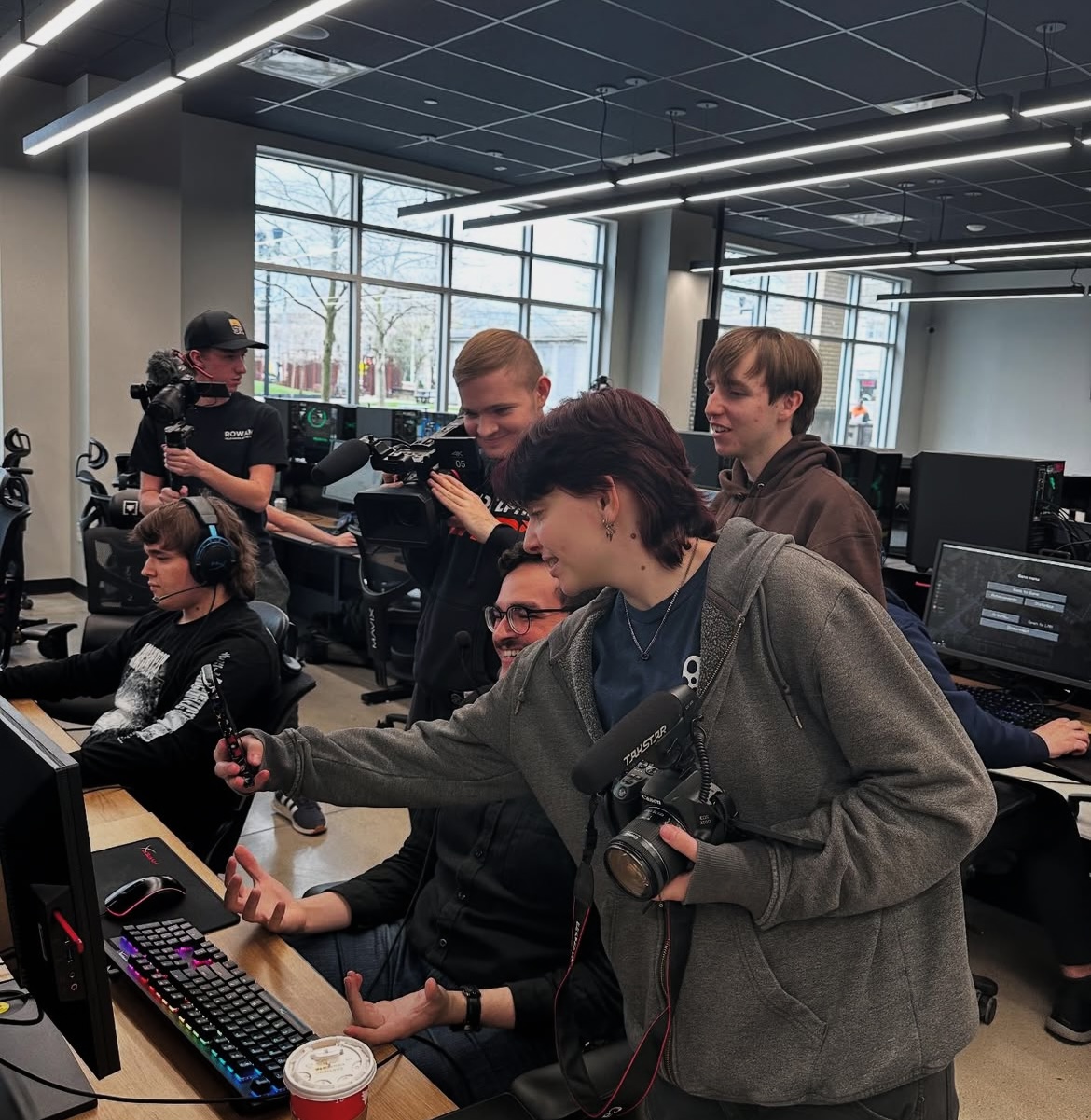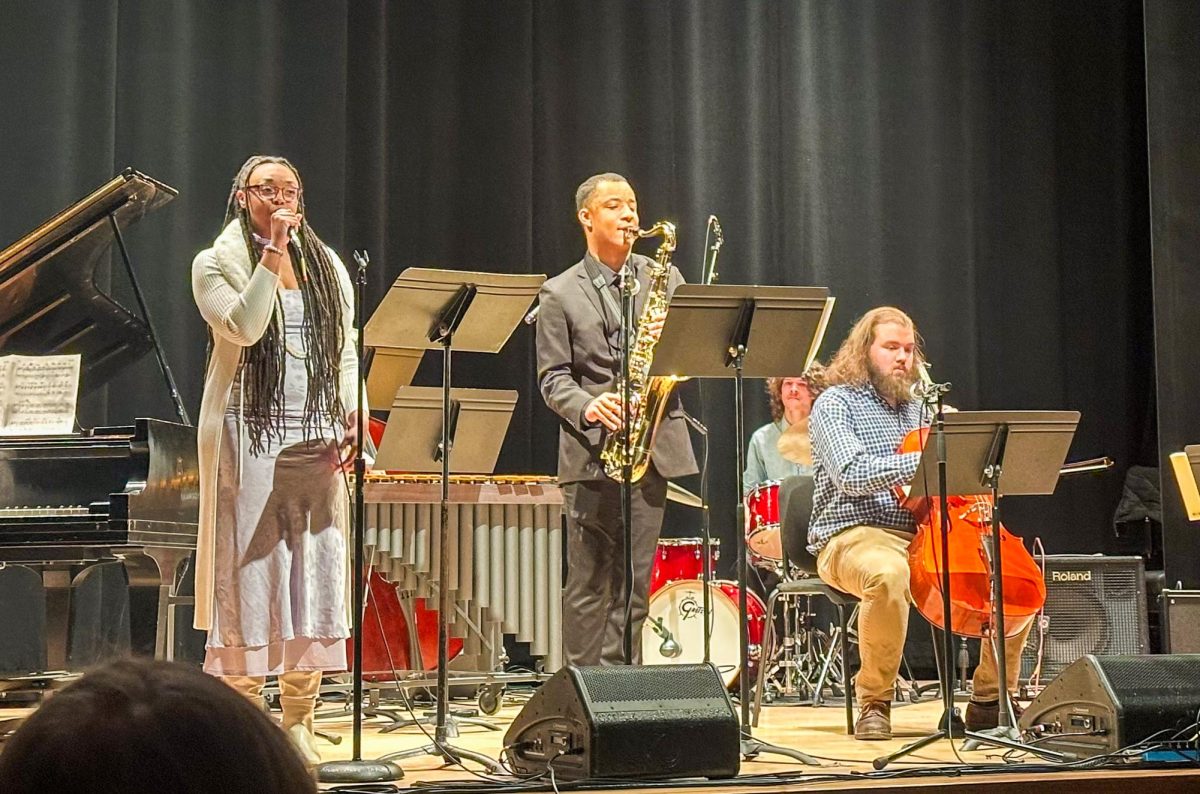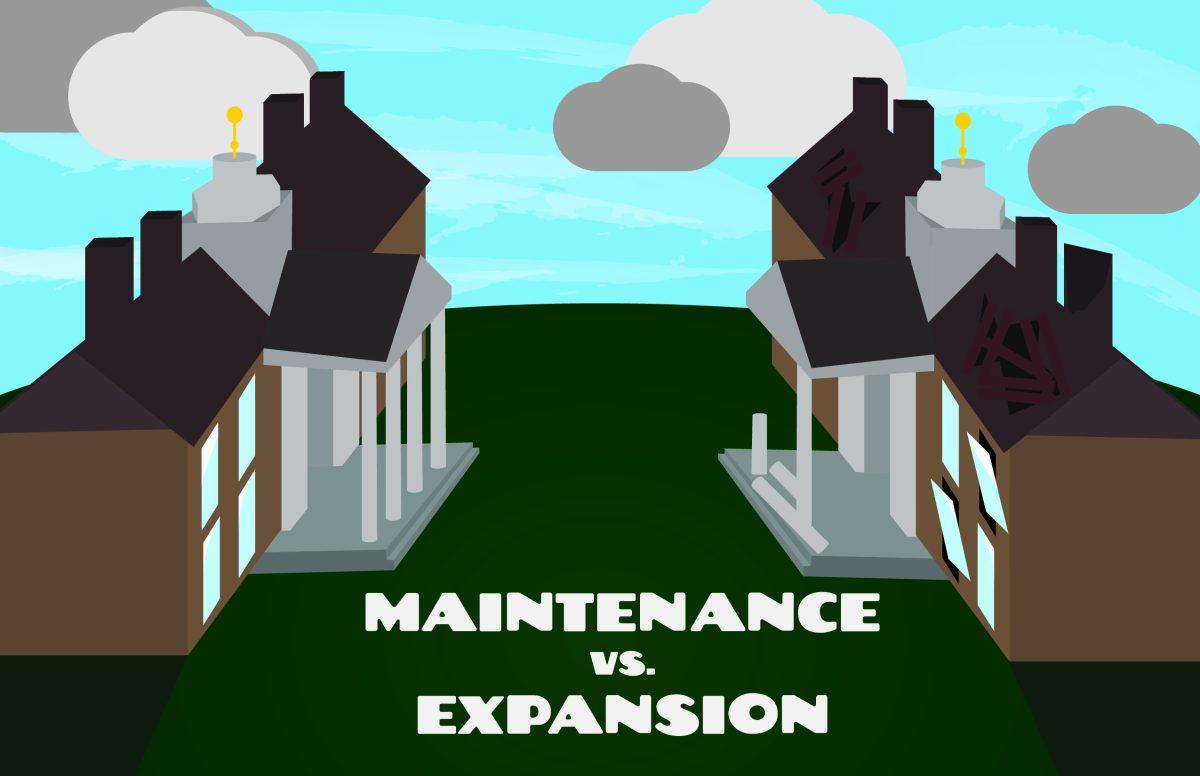The Whit has written extensively about Rowan’s seemingly never-ending expansion over the past several years, which has included the building of the Nexus apartments on Rowan Boulevard, the near-completed construction of Discovery Hall, the new campus in Sewell for Rowan’s School of Osteopathic Medicine and plans for the University of the Future.
As students, it’s sometimes difficult to wrap our heads around what the next big Rowan project will be, as new construction seems to crop up suddenly across campus. Even Glassboro residents acknowledge the enormous growth the Rowan community has seen over the past several years.
But if you truly spend time around campus — as many students have recently in response to the incredibly warm March weather — you’ll see another side of Rowan that contrasts the rapid expansion of the university. For instance, over by Holly Pointe, there’s a portion of fence that’s been knocked over by a large tree stump (who knows how long it’s been there?). Or consider that the Rowan Environmental Action League (REAL) has conducted several campus clean-ups before the pandemic, which resulted in dragging a bike from a lake, finding lost and discarded soccer balls and much, much more that hasn’t been documented on its Instagram account.
Many of the older buildings on campus have seen better days as well. Westby Hall in particular stands out as a building that should receive some much-needed attention, as noted two years ago by then-Arts and Entertainment Editor Tara Lonsdorf. Walking through Westby now, not much — if anything — has been updated since then.
Bunce Hall, though architecturally appealing on the outside, needs attention. Windows are difficult to adjust, sometimes not even staying up when opened, which is at least a tolerable problem. Robinson Hall is entirely outdated, from its classrooms feeling more like prison cells and the carpet peeling up in some rooms, to the unpredictable and unmanageable temperature changes.
Residence halls on the north end of campus and Triad Apartments at the west end are in desperate need of an update, just like Robinson. Rowan’s solution? More expansion in the form of several-million–dollar demolition and construction plans. The Rowan Boulevard Apartments also need some regular upkeep, as the windows in some rooms are old, allowing mildew and mold to form inside and air to seep in.
All these buildings and the seeming non-maintenance of outdoor spaces on campus exist in stark contrast to newer buildings, such as the Nexus Apartments (which are not maintained by the university), the engineering buildings, Business Hall, Science Hall and the soon-to-be completed Discovery Hall. This begs the question, why doesn’t the university use the resources available to maintain our current buildings if sinking millions of dollars into demolition and construction of new buildings is financially possible?
The surface-level answer to that question is that it looks better for the university to build things than to just maintain what already exists. While maintenance would provide more students with better-equipped facilities for learning and living, new construction gives the appearance of progress being made. It’s true that expansion can be a sign of progress, but it shouldn’t come at the expense of the rest of the campus’ longevity. Since Rowan was classified as “the nation’s fourth fastest-growing public research university” by The Chronicle of Higher Education, it’s clear that expansion is important to the administration, especially since Rowan Today mentioned the ranking in the title of an article: “Fourth-fastest growing: Right where we want to be.”
Additionally, it’s important to note which buildings are new and well-maintained and which ones remain relatively untouched. Buildings used by engineering and STEM students are in generally good condition. Bunce (home of the College of Humanities and Social Sciences), Robinson (where a mishmash of math, science and humanities courses are taught) and Westby (for art majors) are three of the least maintained buildings on Glassboro’s campus, at least based on our observations. We’ve looked through documents on the Rowan website and have found no evidence of plans to do maintenance or renovations.
It seems to us that Rowan places more value on the facilities STEM majors use than any other major. This is especially true for Westby, which Lonsdorf noted in 2019 had had one room renovated for the use of the School of Earth and Environment, while art majors were further confined by limited space and the building’s other deficiencies.
We’re not saying that expansion is inherently a bad thing, rather we want the university to realize that funding new buildings and other construction that specifically benefit STEM students while the rest of the campus sits neglected will do more harm than good. If you focus on only one or a few aspects of Rowan’s multifaceted community, the rest of the community will suffer the consequences. We believe that the administration should provide the same quality of resources to every student, which will help all of us achieve the same levels of success.
From our point of view, it seems the maintenance of our buildings is being overlooked in favor of growing our campus footprint. We believe expansion doesn’t eliminate the need for maintenance; rather, the two should coexist. Expansion in some capacity is necessary to accommodate a growing student population. But, maintaining our facilities is equally as important for the success of our community.
For comments/questions about this article, tweet @TheWhitOnline.














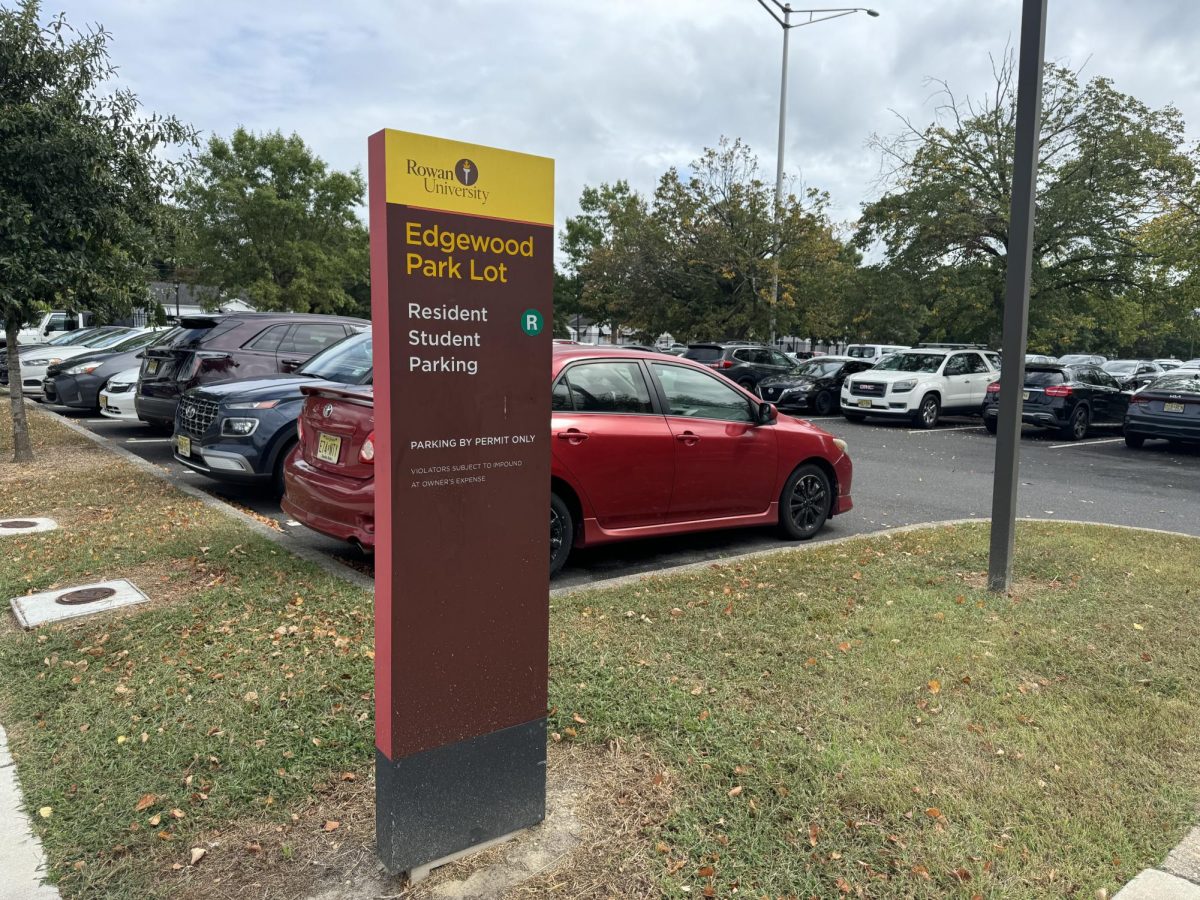
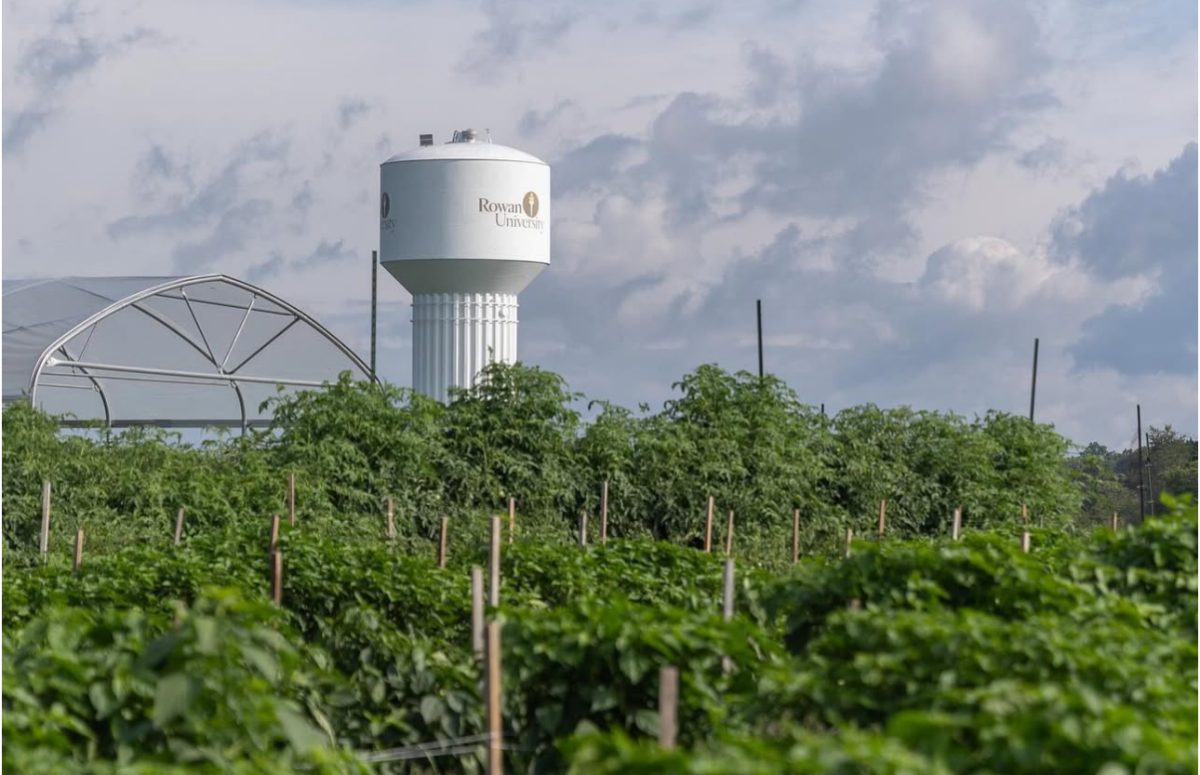


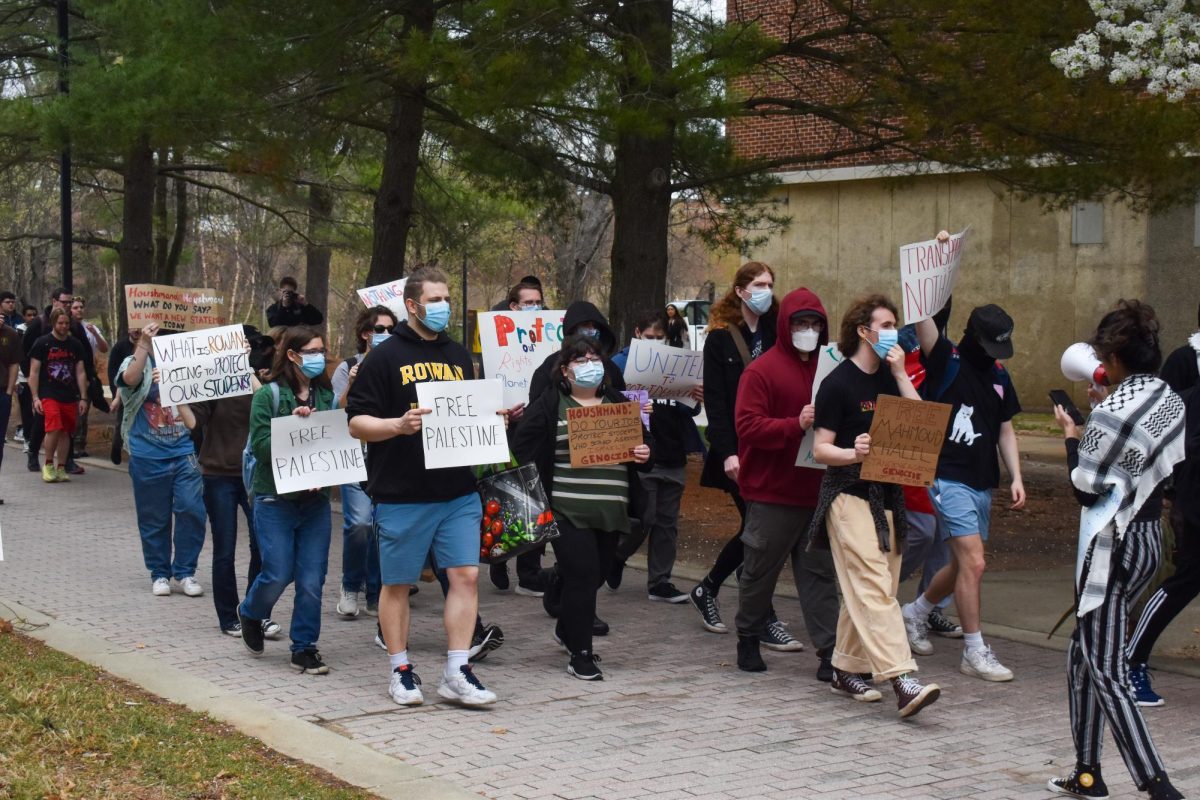
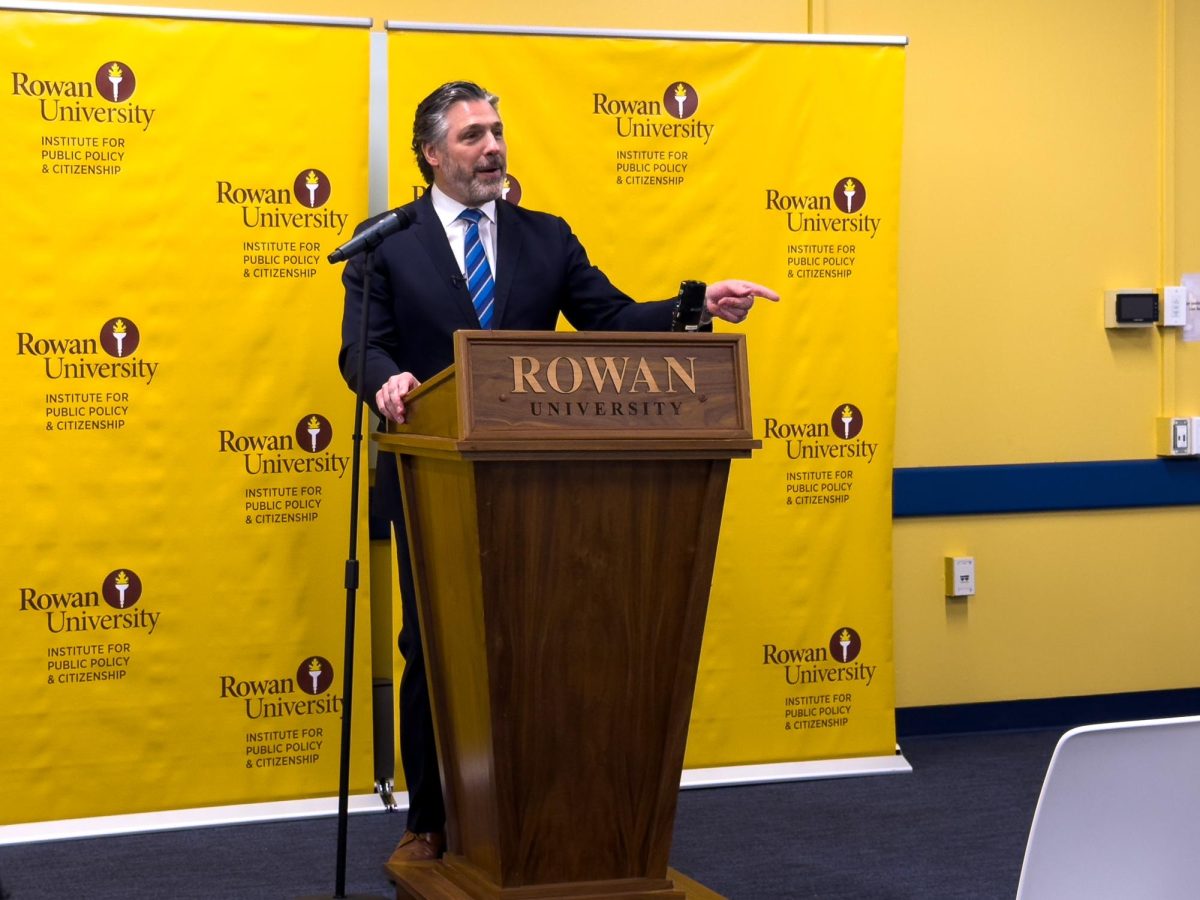












































































































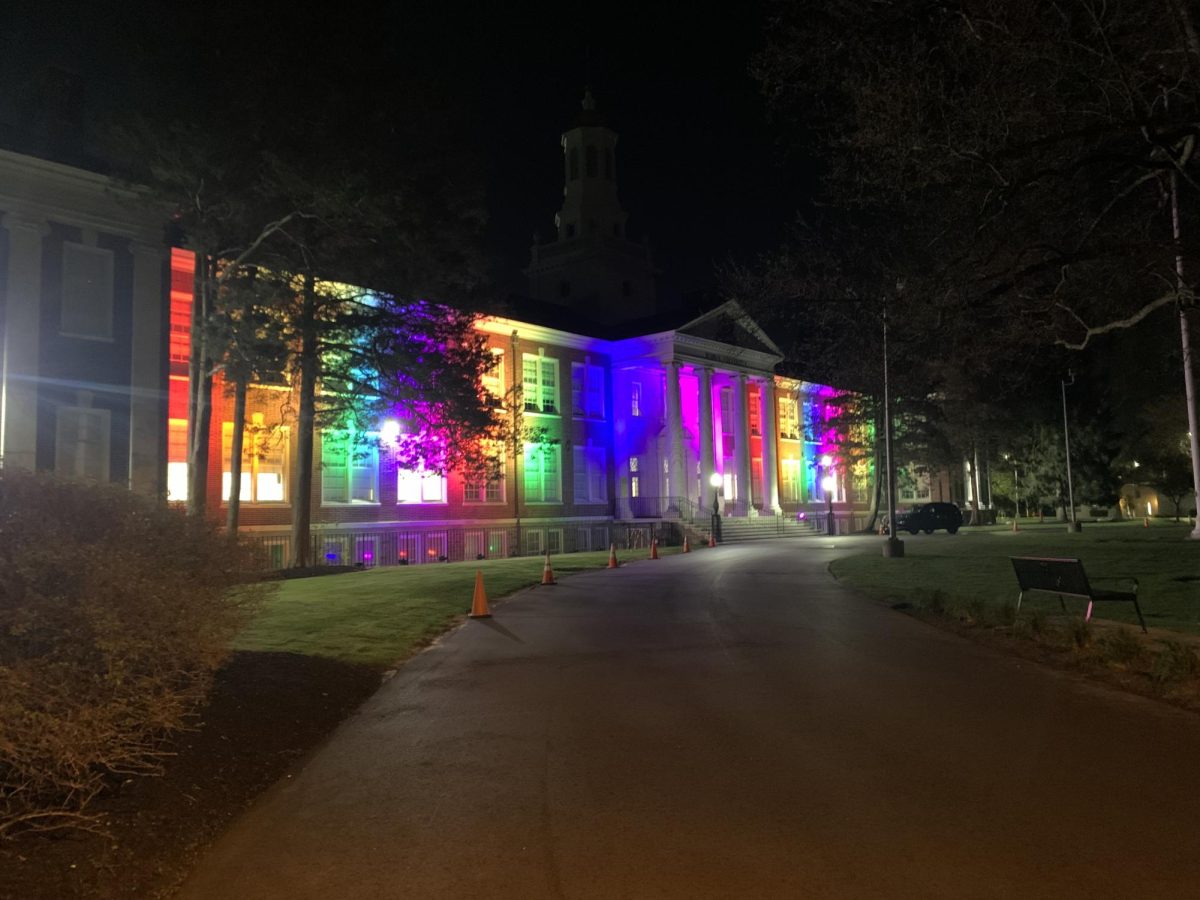


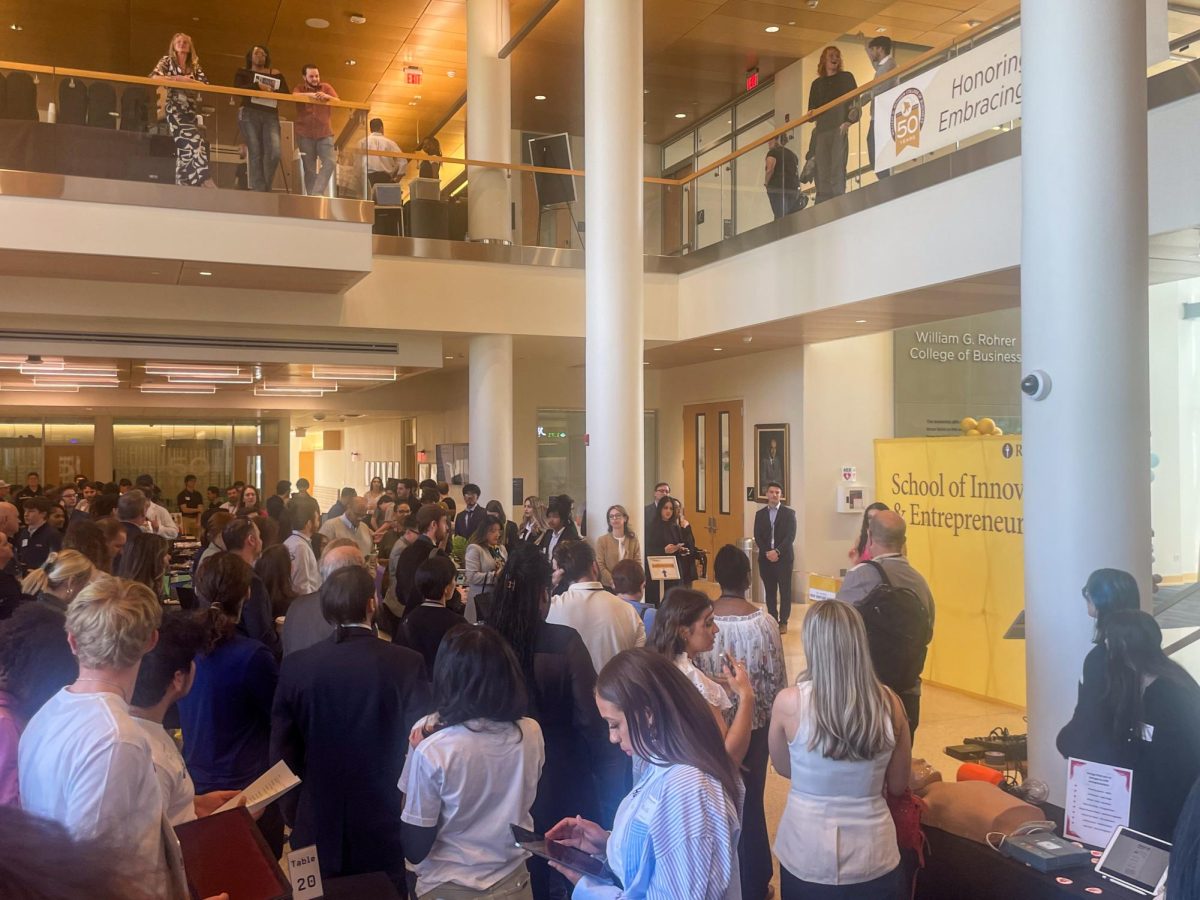






















!["Working with [Dr. Lynch] is always a learning experience for me. She is a treasure,” said Thomas. - Staff Writer / Kacie Scibilia](https://thewhitonline.com/wp-content/uploads/2025/04/choir-1-1200x694.jpg)
